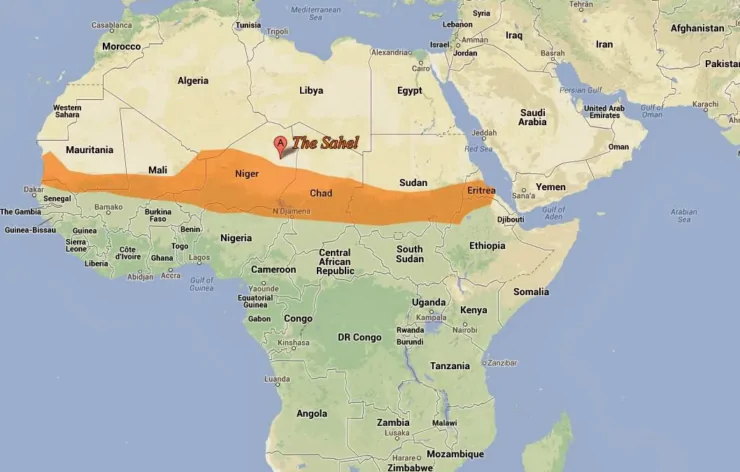SENEGAL: The country is moving into Oyster Farming

The country of Macky Sall has started oyster farming with the aim of reducing food imports as much as possible. Oysters are molluscs that are widely consumed on the African coast. Crassostrea gasar or mangrove oyster is the most common variety in Africa. In Senegal oysters are commonly called Gazars (inspired by the name of the variety).
Precisely, oyster farming has been practiced intensively here since the 1960s in the Siné Saloum region. During this period, a production and marketing chain for mangrove oysters was set up between northern Gambia and southern Petite Côte. The latter was based on cooperation with farmers and investors from Taiwan, Japan, Italy, France and North America. Today it extends to technical and financial partnerships with international associations and organizations such as USAID, Birdslife, IUCN, JICA, Association Terre Monde, The Waterloo Foundation and others.
Oyster farming consists of capturing young oysters (spat) and nurturing them to maturity by following a combination of carefully controlled farming operations. In the beginning, Senegalese oyster farming was located in the natural deposits of mangroves. The alternative method used made it possible to exploit part of each deposit every two years. Thus, the previously exploited area had time to regenerate. Today the farm is more modern. The use of oyster farms is more widespread and pays much more to producer groups.
Recognized oyster aquaculturists take up membership in Economic Interest Groups (EIGs). In the Saloum Delta there are about sixty of them and in Casamance a little more than 80. Most of these EIGs are made up of women. The latter practice this activity in parallel with agriculture. EIGs give farmers the right to participate in the sale of raw oysters in Dakar. In reality, in Senegalese culture and as in much of Africa, oysters are eaten cooked or dried. But the oyster farming market is based on tourism. European and Asian tourists consume fresh and raw oysters. Operators therefore have an obligation to provide a superior quality product that starred restaurants, major hotels and residents of the capital will buy at a premium price.

The oyster farming season runs from November to April. During this period, producers send their crops to Dakar as many times as possible. Each expedition includes several dozen oysters. A dozen fresh oysters are sold for 1500 FCFA. The high season remains the holiday season. Producers can achieve half of their annual turnover. According to UNIDO, the annual production of oysters amounts to 15,775 pairs (study report: Territorial Mapping of the Saloum Delta-2009). While in Casamance, annual production is estimated at around 15,000 tonnes of oysters.
Senegal's results are encouraging. Oysters can be found on many African coasts, particularly in Côte d'Ivoire, Cameroon and South Africa. Africa could therefore make its entry into the world ranking within a few years, if other countries venture to invest in the breeding and marketing of oysters.
























